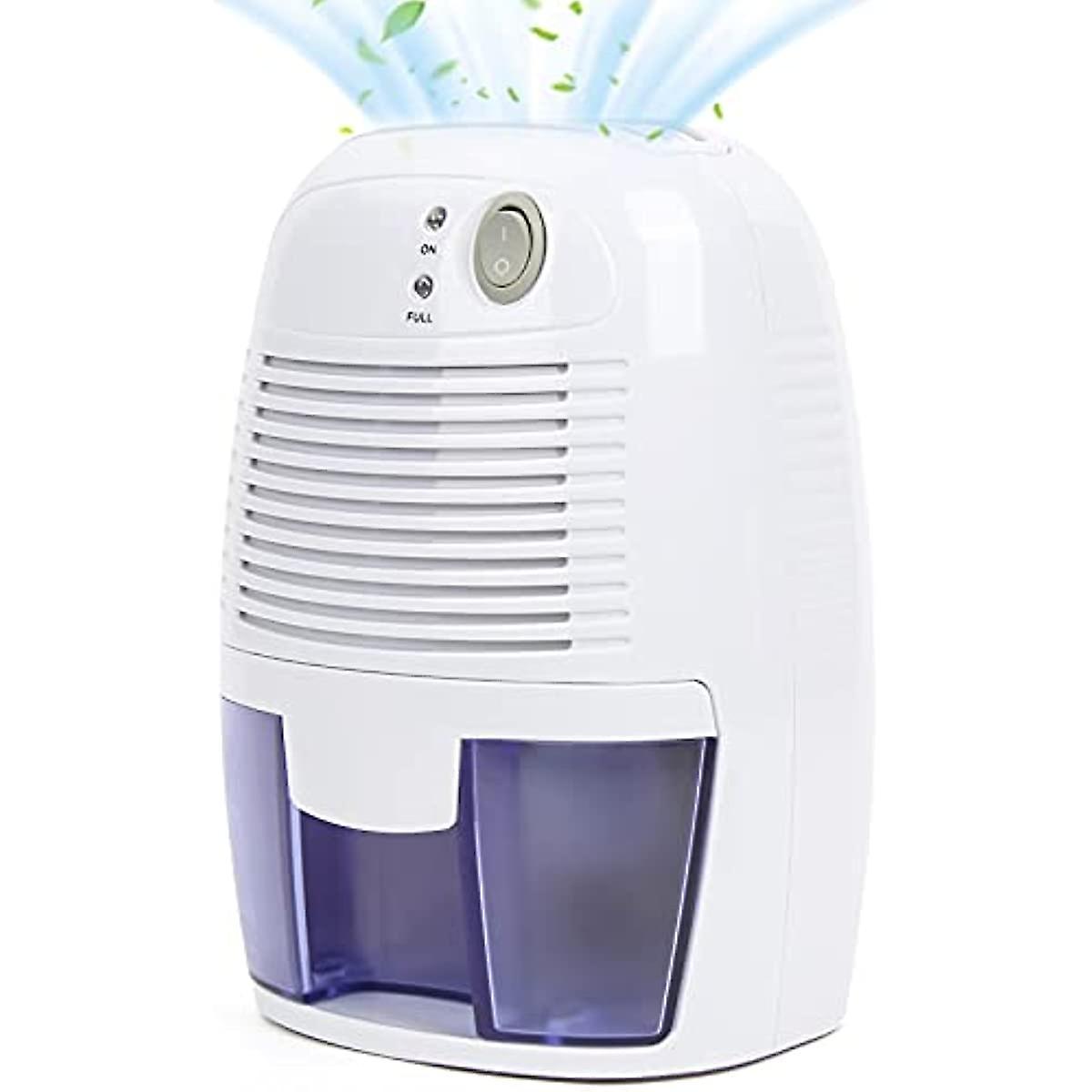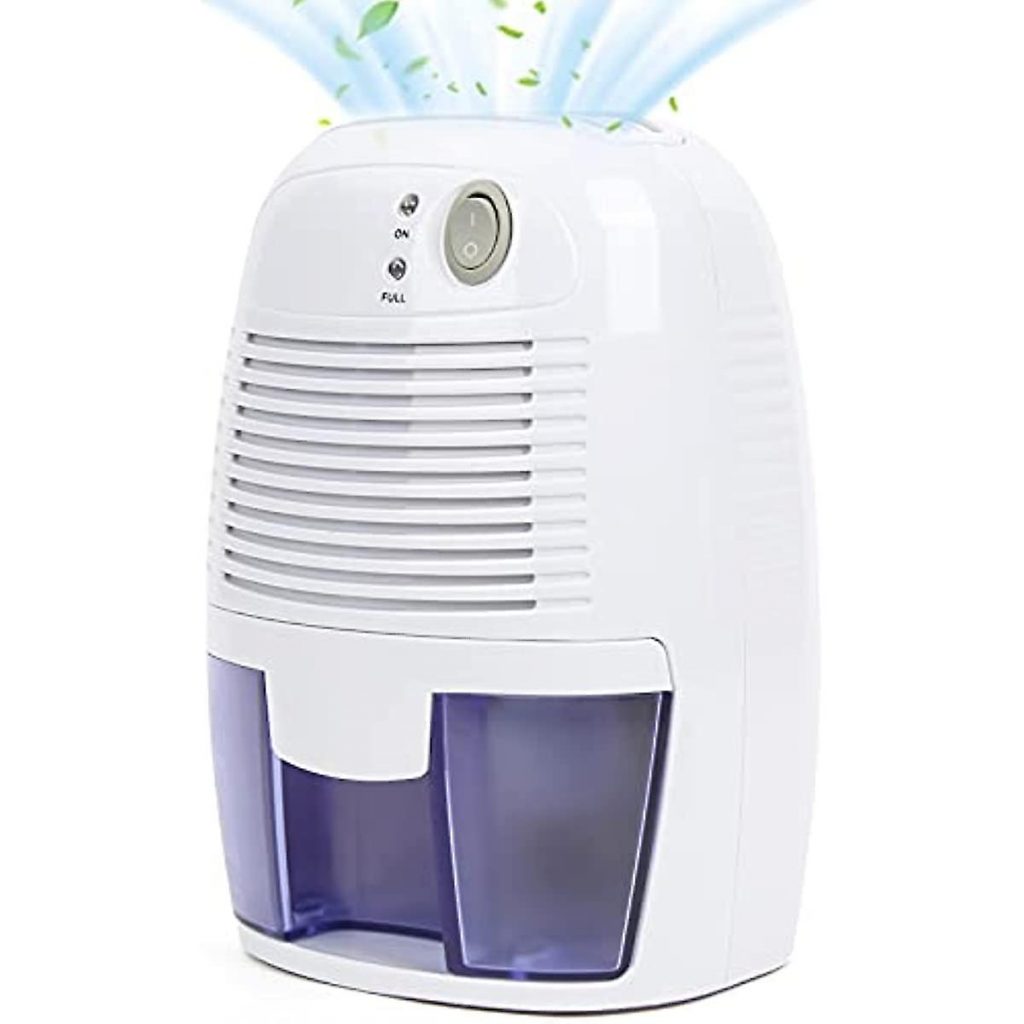Dehumidifier Purpose: benefits of using dehumidifier at home
A dehumidifier is an appliance used to reduce and control the humidity level in indoor spaces. It works by drawing in moist air, removing the excess moisture from it, and then releasing the drier air back into the room. Dehumidifiers are commonly used in areas with high humidity or where moisture-related problems occur, such as basements, bathrooms, laundry rooms, and other areas prone to dampness.
The main components of a typical dehumidifier include a fan, a refrigeration system or a desiccant material, and a water collection container or drainage system. When using a refrigeration-based dehumidifier, the moist air passes over a cold coil, causing the moisture to condense into water droplets. The water is collected in a container or drained out through a hose. The drier air is then expelled back into the room. Desiccant dehumidifiers, on the other hand, use a moisture-absorbing material to extract moisture from the air. Now we will speak about benefits of using a dehumidifier.
Benefits of Using a Dehumidifier
- Preventing mold and mildew: High humidity levels create a favorable environment for mold and mildew growth. By reducing humidity, dehumidifiers help inhibit the growth of these harmful fungi and protect against related health issues.
- Improving air quality: Excess moisture in the air can lead to musty odors and contribute to the release of volatile organic compounds (VOCs) from various materials. Dehumidifiers can help eliminate these odors and reduce the concentration of VOCs, promoting fresher and cleaner air.
- Protecting belongings: High humidity can damage sensitive items such as electronics, wooden furniture, books, and clothing. Dehumidifiers help maintain an optimal humidity level, safeguarding these belongings from moisture-related deterioration.
- Enhancing comfort: Excessive humidity can make a room feel sticky, uncomfortable, and hot. Dehumidifiers create a more pleasant environment by reducing humidity levels and making the air feel cooler.
When using a dehumidifier, it’s important to monitor and adjust the humidity settings according to the specific needs of the space. Different models may offer various features such as adjustable humidity levels, timers, automatic shut-off, and digital controls. Regular maintenance, including cleaning the filter and emptying the water container, is necessary to ensure optimal performance and prevent the buildup of mold or bacteria.
Ideal Humidity Levels
The ideal humidity levels for indoor spaces typically fall within the range of 30% to 50%. However, the ideal humidity level can vary depending on individual preferences, geographical location, and specific needs. Here are some guidelines for different situations:
- General Comfort: For most people, a humidity level between 40% and 60% is considered comfortable. This range helps prevent the air from feeling too dry or too damp.
- Health and Allergies: Maintaining a humidity level between 30% and 50% is recommended to minimize the growth of mold, mildew, and dust mites, which can trigger allergies and respiratory problems. Lower humidity levels can also help reduce the survival rate of viruses and bacteria in the air.
- Cold Weather: During colder months, when heating systems are in use, the air tends to become drier. In such cases, it’s beneficial to maintain a humidity level between 30% and 40% to prevent dry skin, respiratory irritation, and static electricity buildup.
- Hot and Humid Climate: In hot and humid climates, it may be necessary to keep the humidity level below 50% to discourage the growth of mold and to create a more comfortable indoor environment. Air conditioning and dehumidifiers can help achieve this.
It’s important to note that excessively low humidity levels (below 30%) can also cause discomfort, leading to dry skin, irritated eyes, and respiratory issues. Conversely, high humidity levels (above 60%) can create a conducive environment for mold, mildew, and other allergens. Monitoring the humidity level using a hygrometer and adjusting it accordingly can help maintain a healthy and comfortable indoor environment.
Humidifier vs. Dehumidifier
Humidifiers and dehumidifiers are two opposite appliances used to regulate humidity levels in indoor spaces. Here’s a comparison of their functions and when they are typically used:
Humidifiers:
- Function: Humidifiers increase the moisture content in the air by emitting water vapor or steam, thus raising humidity levels.
- Use: Humidifiers are commonly used in areas where the air is dry, especially during the winter months when heating systems can dry out the air. They are beneficial for relieving dry skin, chapped lips, dry nasal passages, and respiratory irritation caused by low humidity. Humidifiers are also used to protect wooden furniture, musical instruments, and plants that require a certain level of humidity to thrive.
- Types: Humidifiers come in various types, including evaporative humidifiers, ultrasonic humidifiers, and steam vaporizers. Each type operates differently but serves the purpose of increasing humidity.
Dehumidifiers:
- Function: Dehumidifiers reduce the moisture content in the air by extracting excess humidity, thus lowering humidity levels.
- Use: Dehumidifiers are typically used in areas with high humidity, excessive moisture, or areas prone to dampness. They are effective at preventing mold, mildew, and musty odors by controlling humidity. Dehumidifiers are commonly used in basements, bathrooms, laundry rooms, and other areas where moisture-related problems occur. They can also help alleviate allergies and respiratory issues by reducing the growth of allergens.
- Types: Dehumidifiers can be categorized as refrigeration-based or desiccant-based. Refrigeration-based dehumidifiers work by cooling the air, causing moisture to condense and collect in a container. Desiccant dehumidifiers use moisture-absorbing materials like silica gel to extract moisture from the air.
Please note that the choice between a humidifier and a dehumidifier depends on the specific needs of your environment. If the air is dry and lacking moisture, a humidifier can be beneficial. Conversely, if the air is excessively humid and causing issues like mold or mildew, a dehumidifier is the appropriate choice. Monitoring the humidity level using a hygrometer can help determine whether a humidifier or dehumidifier is needed.
Conclusion
Dehumidifiers are important at home to control humidity levels, prevent mold and mildew growth, improve indoor air quality, protect belongings, create a comfortable living environment, and promote better health.


